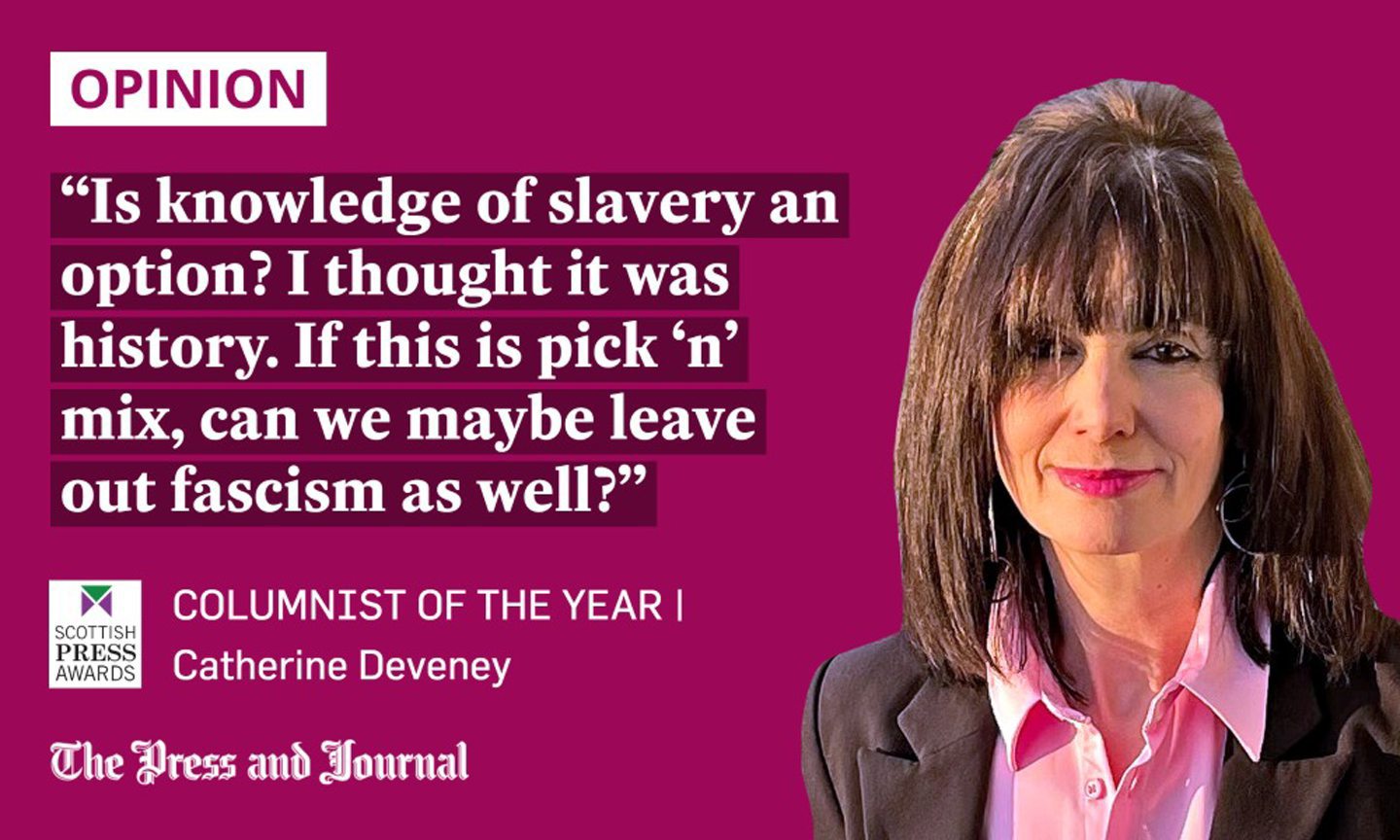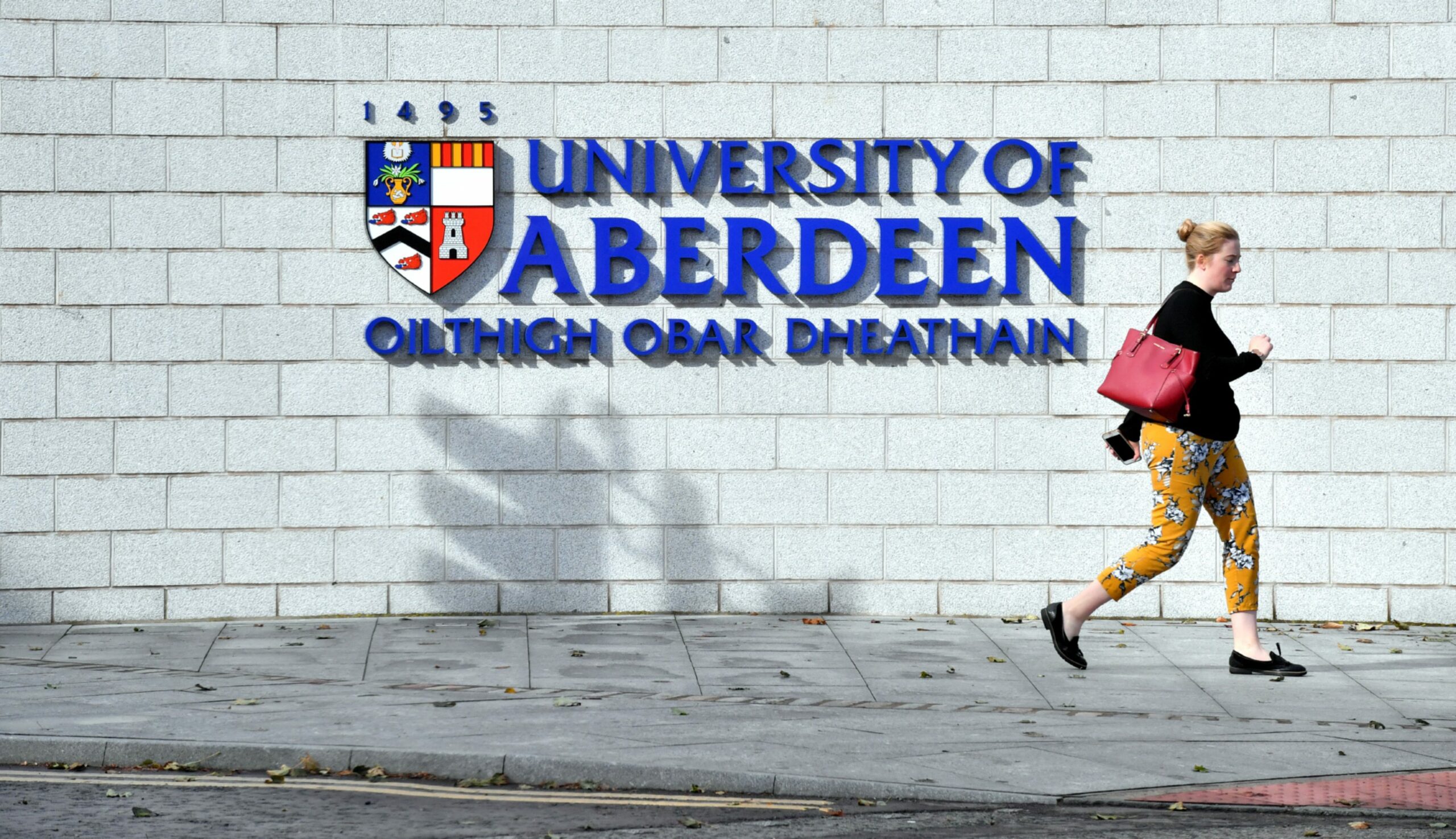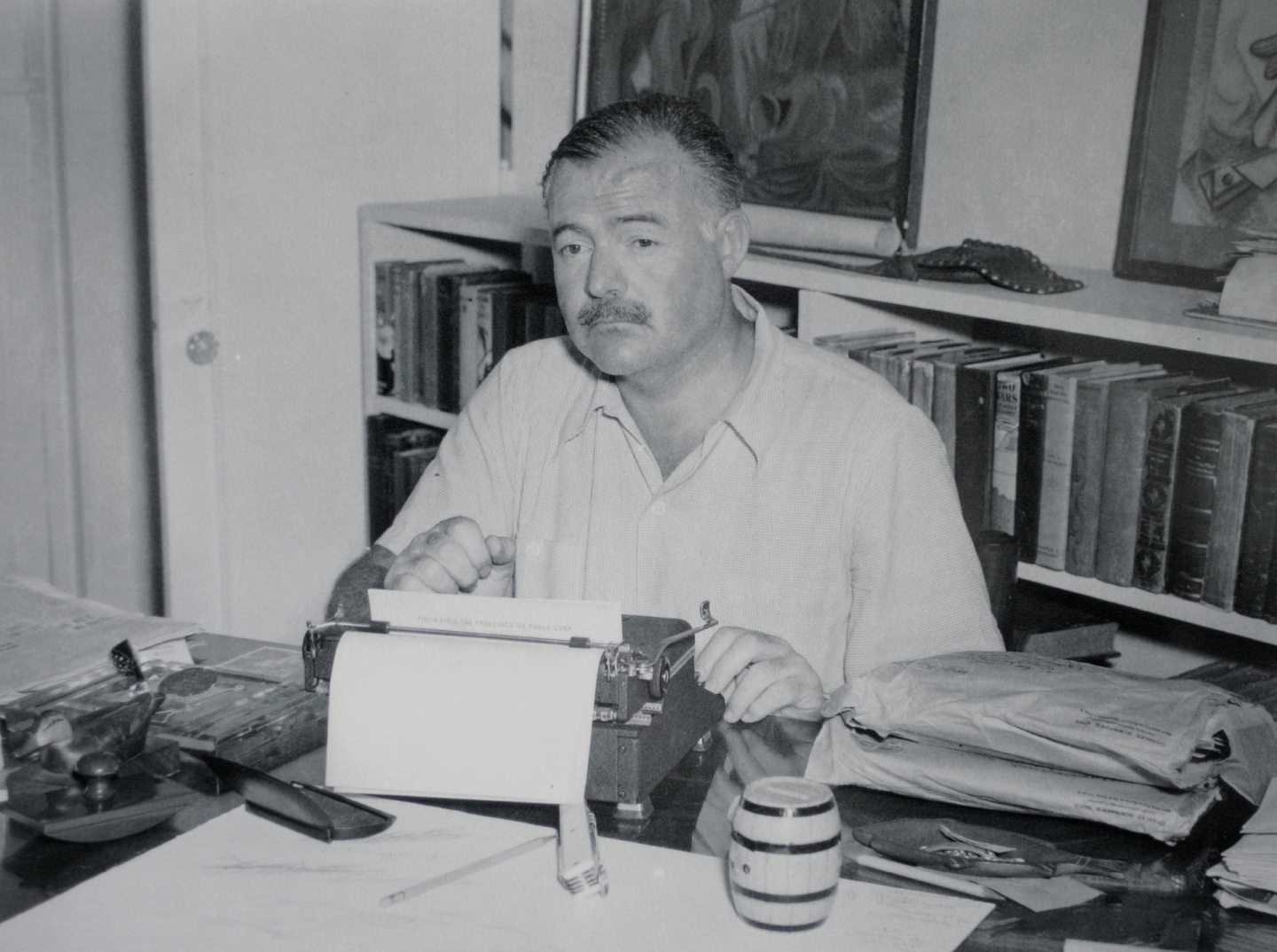Sometimes, when I unexpectedly hear the wail of an ambulance, see it careering towards me, the years count back with every flash of its blue lights, stopping in 1999.
I feel the fear and sadness again, so viscerally it makes my eyes sting and a lump rise up in my throat. The mental images are so real, so obtrusive, I am back there. The call to the emergency services as my father lies dying; the thump of paramedics’ heavy boots on the stairs, the vibration running through me as I watch helplessly through the banisters. That wail, that wail, is it me or the siren?
It’s called a trigger, and that’s mine. What’s yours?

Everyone has flashpoints, both visual and auditory, that bring back emotionally challenging memories. The first time the siren thing happened, I cried. Now, if you were with me when the ambulance flashed by, you probably wouldn’t notice that I had noticed.
Life teaches us how to deal with triggers. So, what’s going on that, as the new university terms start this month, trigger warnings are everywhere in education. Be careful with that Shakespeare play. It contains classism.
There is a difference between warnings of offensive material and material which might trigger individual upset. The Shakespeare warning was issued by the University of Aberdeen which, according to a survey, also advises that The Classic Fairy Tales contains “cruelty to animals and animal death”. Who knew?
I have no idea why nobody in this debate has mentioned the prejudice towards goblins in Rumpelstiltskin but, frankly, someone needs to address it.
Trauma should be processed, not avoided
The University of the Highlands and Islands apparently advises students that Hemingway’s The Old Man and the Sea contains “graphic fishing scenes”, while Greenwich warns that Orwell’s 1984 contains “self-injurious behaviour, suicide and animal cruelty”. Sussex University has actually ditched Strindberg’s play Miss Julie because of its references to suicide.
The most troubling aspect of the Strindberg cancellation is that it was driven by students themselves, who complained about “the psychological and emotional effects of the material.” Are they having a laugh? My own memory of being 17 and reading Miss Julie at university was that I wasn’t awake long enough to form any opinion whatsoever.
There are two reasons all of this matters. The first is the trivialisation of mental health issues. There is – rightly – increasing awareness of “trauma informed approaches” in public services such as the police, the NHS, and immigration centres.
This demands an awareness of past trauma and the sensitivity to understand why certain behaviours might be related to it. It does not involve eradicating all potential triggers. That’s neither possible nor even desirable. Distress doesn’t mean you avoid the trigger forever. It means you talk about, and process, the trauma further.
Interpreting the world is a major function of fiction
Interpreting the world is a major function of fiction, and ignoring important interpretations should surely be anathema to education. If a student feels suicidal because of a play, they need more help than a new syllabus. (And should get it.)
So, universities warning their students about the potential “triggers” of everyday things in Austen, Dickens – and even the Bible – are not being sensitive. They’re being ridiculous.
Students used to be society’s agitators. Now, they are apparently too traumatised to empathise – and learn from – the trauma of others
And racist, according to Trevor Phillips, ex-chair of the Equality and Human Rights Commission, and current chair of Index on Censorships, who protested about an award-winning novel being removed from Essex University’s reading list because of graphic depictions of slavery.
Is knowledge of slavery an option? I thought it was history. If this is pick ‘n’ mix, can we maybe leave out fascism as well?
What will history make of this era?
Students used to be society’s agitators. Now, they are apparently too traumatised to empathise – and learn from – the trauma of others.
A recent survey from the Higher Education Policy Institute showed record numbers of students expect protection from difficult viewpoints. Aberdeen University even invites students to opt out of discussion if it entails engagement with topics that are “emotionally challenging”. Emotionally challenging is bad? I thought it was educational. In fact, I thought it was transformational.
And that’s the second reason this matters. Education is becoming less rigorous and less exploratory. Ideas are fixed and served up like a number 99 on a takeaway menu. No, you can’t have it without the garlic.
Amidst all the hysteria accompanying todays news, surely nothing tops the irony of a university issuing a trigger warning over George Orwell's "1984".
— Gordon Blackburn (@gordonblackburn) January 23, 2022
I sometimes wonder what history will make of this era. The Victorians are seen as sexually repressive. Will we be seen as intellectually repressive, a period when autocratic thinking became confused with “awareness”?
I once pulled over for an ambulance racing behind me, siren blaring, and felt that old, familiar rush of emotion. It turned into Tesco and, minutes later, the paramedics emerged with sandwiches.
Sometimes, now, I push the sadness down and say flippantly: “Late for lunch again, I see.” Maybe because life has taught me something about triggers: they are personal, idiosyncratic – and you learn to survive them. Let’s not build an education system round avoiding them.
Catherine Deveney is an award-winning investigative journalist, novelist and television presenter, and Scottish Newspaper Columnist of the Year 2022



Conversation